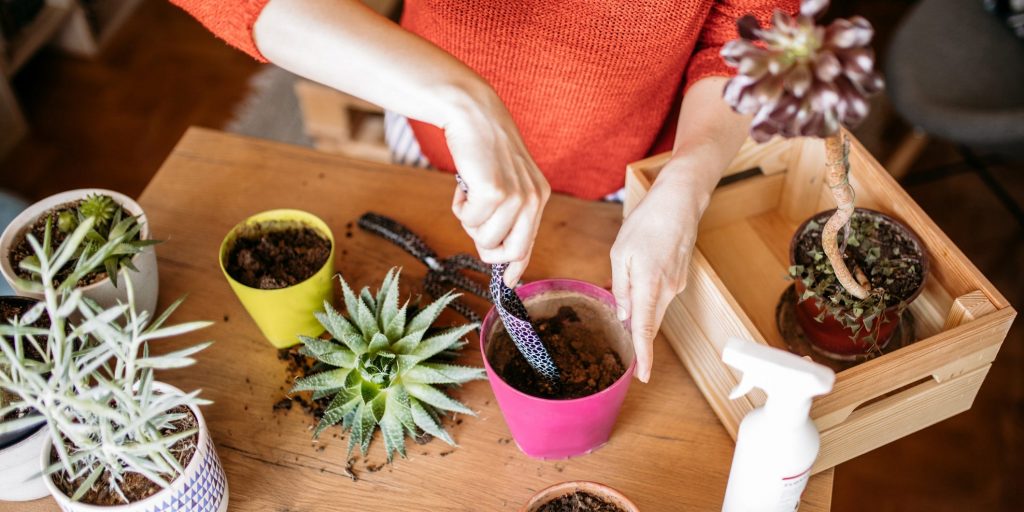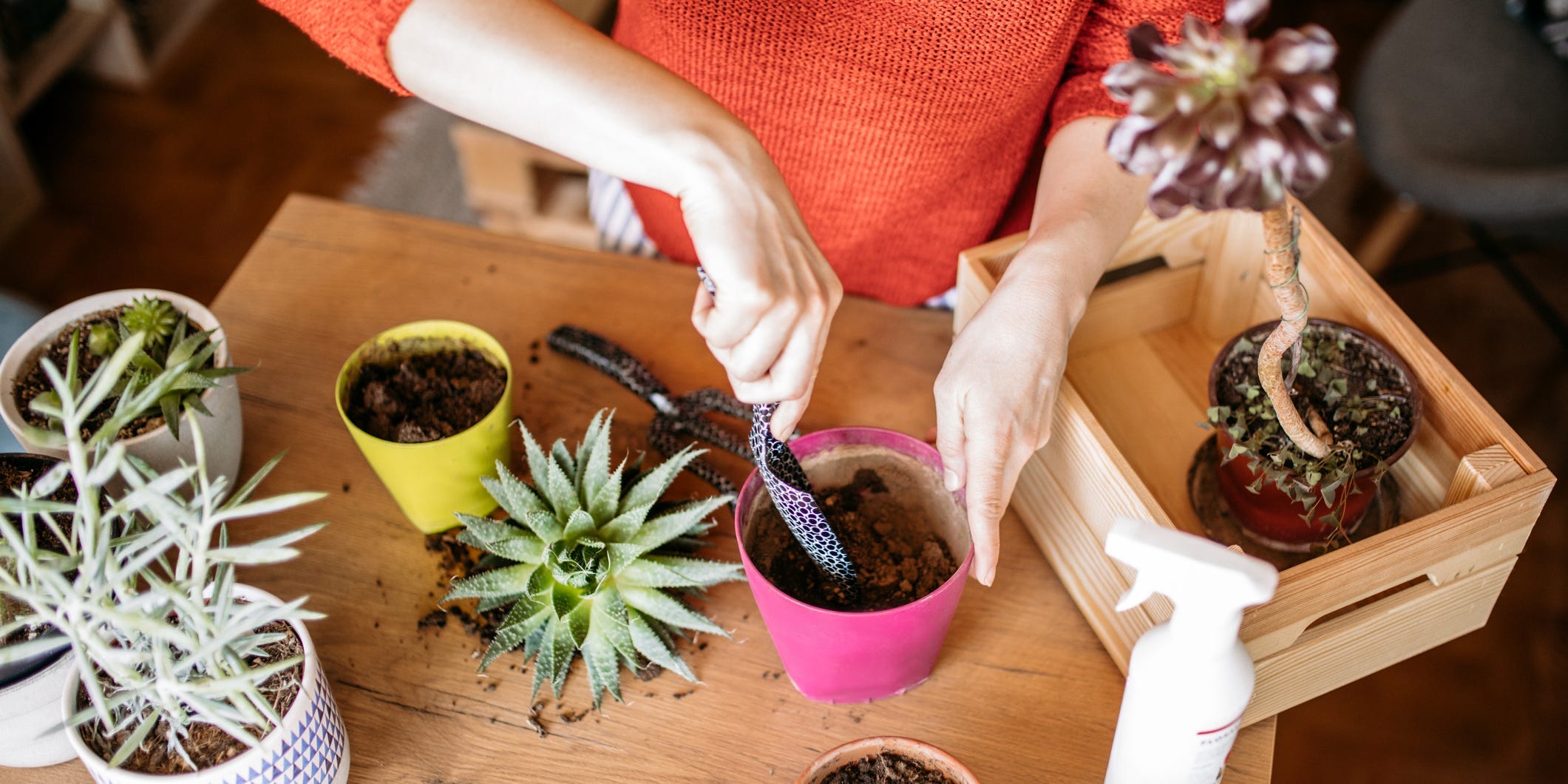
J_art/Getty Images
- There are six highly popular succulent types that are low maintenance and easy to propagate.
- Bright light and infrequent watering can help succulents thrive.
- Knowing the growing season of your succulent will let you know when to fertilize.
- Visit Insider's Home & Kitchen Reference library for more stories.
Succulents may arguably be the most popular type of plant, thanks to their easy-to-care-for reputation. These hardy plants are ideal for black thumbs and plant experts alike and make for great gifts since their propagation process is quite simple.
Below, Angelo Randaci, master gardener and horticulture expert at Earth's Ally, shares his best care tips for succulents.
There are hundreds of succulent varieties, but these six are some of the most popular for both indoor and outdoor display. While most succulents share similar water, light, and soil patterns, each succulent can have a unique requirement or care routine so they can last for years.
1. Hens and chicks
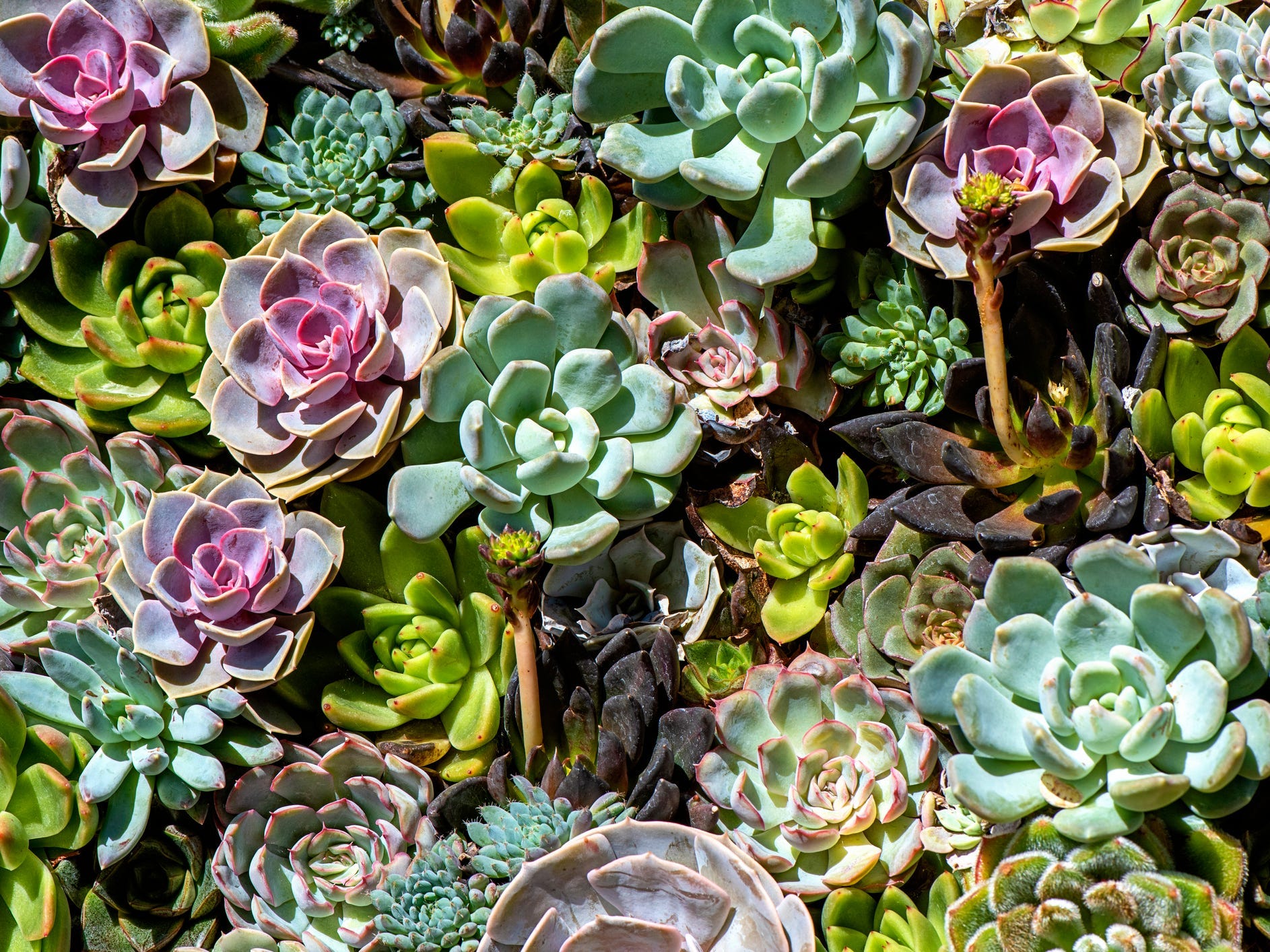
Jacky Parker Photography/Getty Images
Hens and chicks (Sempervivum tectorum) are one of the most famous succulents and are easily recognizable due to their rosette patterns and bright coloring. Under the right conditions, many can produce star-shaped flowers in pink, red, or yellow, says Randaci.
To propagate this plant, Randaci recommends removing an offset (the baby chick of the mother hen plant) from the main stem, called the stolon, as soon as you see roots on the new offset. Take this new cutting and plant it into the same potting mix you used for the mother plant.
2. Jade plant
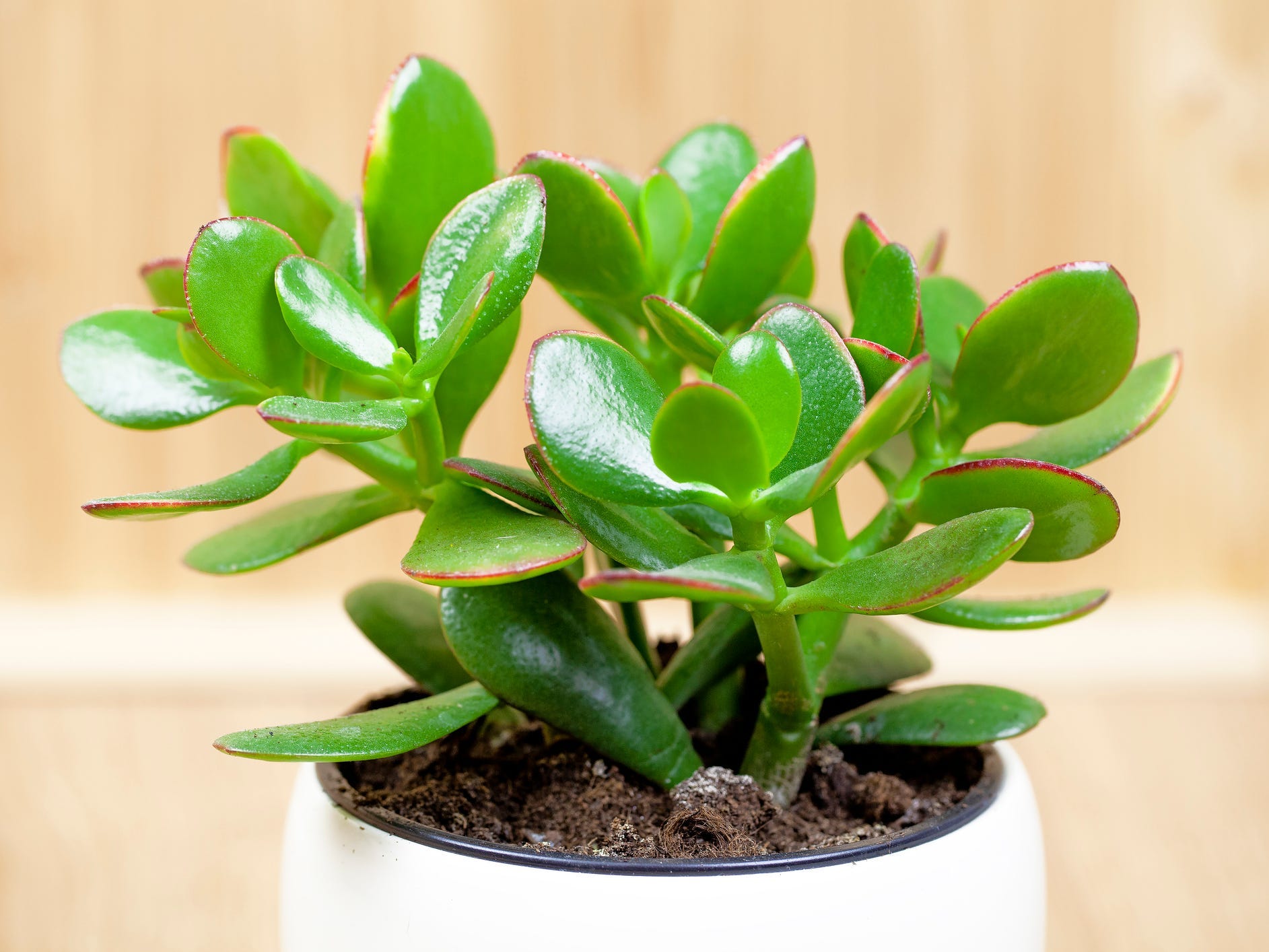
mikroman6/Getty Images
The jade plant (Crassula ovata) is one of the most common houseplants. This succulent has oval-shaped leaves and grows on thick, woody stems, resembling a mini tree. It is also properly named for its deep green color.
To propagate your jade plant, Randaci instructs removing a leaf or a stem cutting from a healthy plant.
"Allow your leaf or stem cutting to sit for a few days before planting, letting a callus form at the cut," says Randaci. "For a leaf, lay it horizontally on top of your propagation media. For a stem cutting, place it upright. Place in a warm place in bright indirect sunlight and do not water until roots have formed."
3. Panda plant
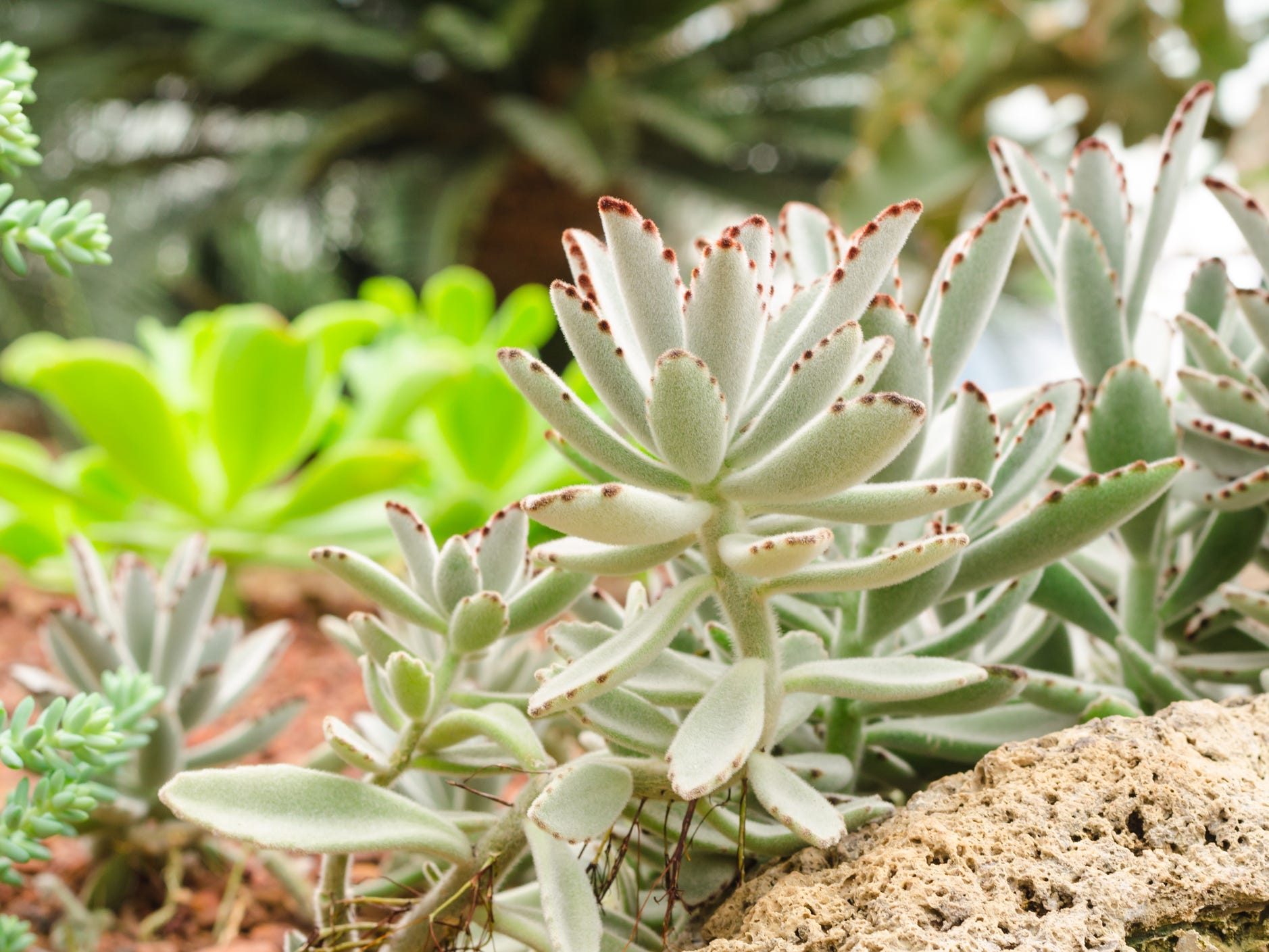
kedsirin jaidee/Getty Images
Panda plants (Kalanchoe tomentosa) get their adorable name from adorable foliage - soft and fuzzy green-grey leaves with brown and rounded edges. This velvety succulent is a favorite for its pet-friendliness and unique look.
To propagate a panda plant, Randaci recommends removing a leaf or a stem cutting, letting it dry for a couple days before rooting. Next, lay the leaf or cutting horizontally on top of succulent mix or perlite. Once it has rooted, place it upright in the mix.
4. Donkey's tail
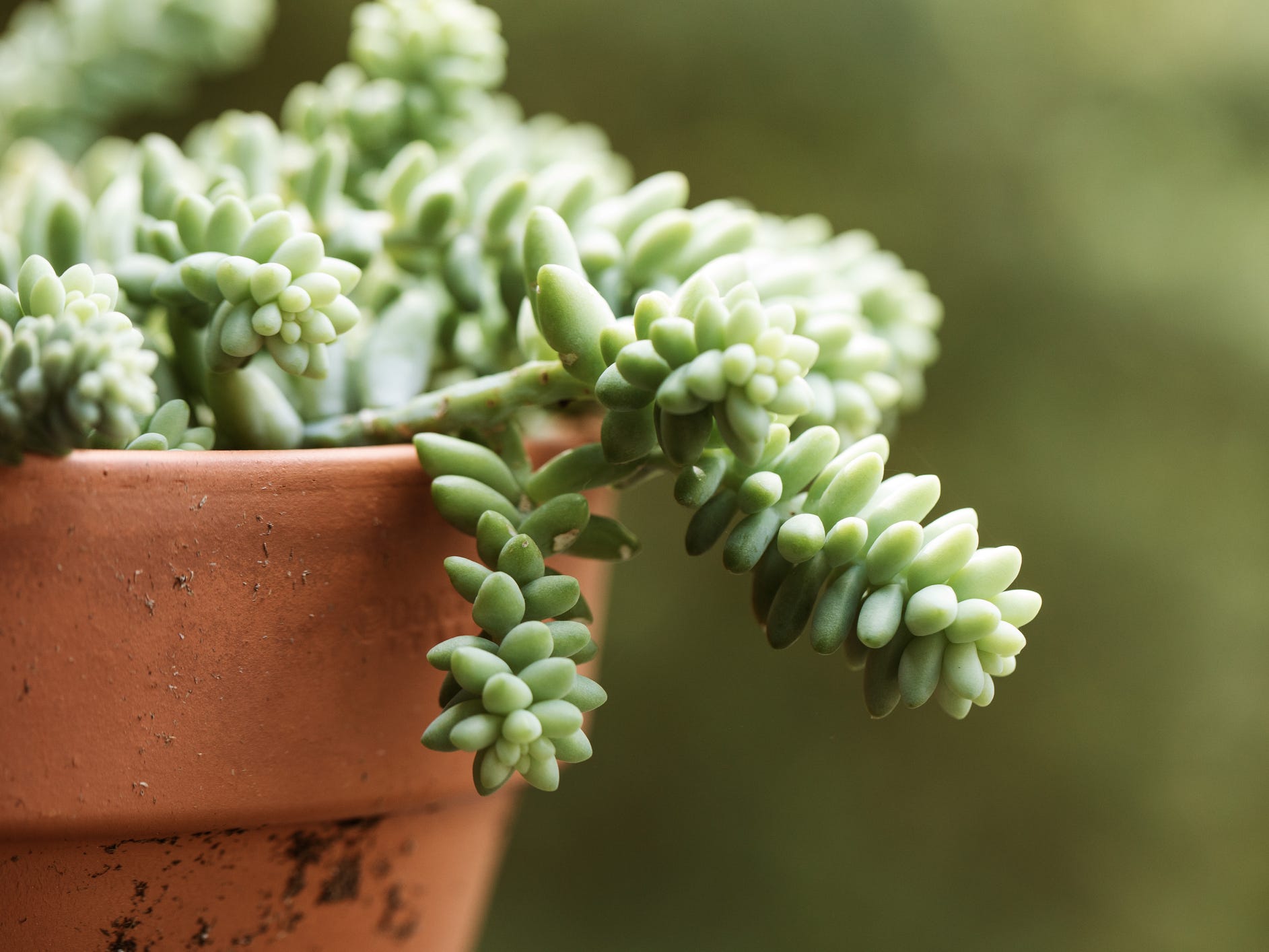
Cavan Images/Getty Images
The donkey's tail or burro's tail (Sedum morganianum) succulent is well-known for its trailing stems and thick, fleshy leaves that appear woven. Donkey's tail might also have a chalky appearance and can produce pink and red flowers. Because of its thick leaves, this succulent typically requires more frequent watering than others.
"To propagate this plant, take a healthy leaf or stem cutting," says Randaci. "Place them in a slightly moist succulent mix and wait for them to root."
5. Flaming Katy
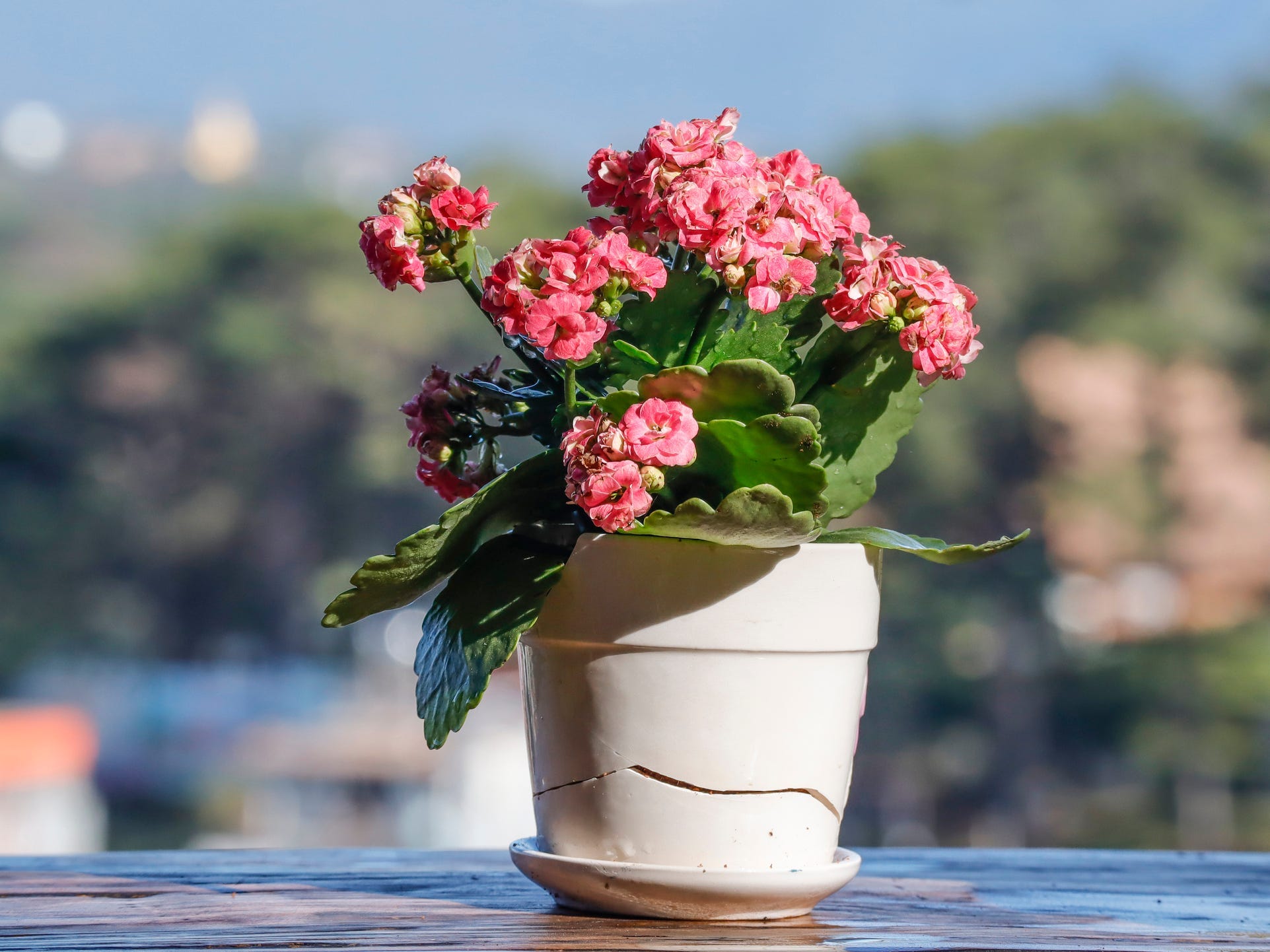
Thang Tat Nguyen/Getty Images
Flaming Katy - also known as florist kalanchoe (Kalanchoe blossfeldiana) - appears as a bouquet of vibrant flowers, but it's actually a succulent with glossy foliage and flowers that bloom in late autumn to early winter. This plant's flowers range from red, pink, and orange to gold and white.
To propagate this flowering succulent, Randaci recommends taking a stem cutting and removing flowers and lower leaves, leaving two or three leaves. "Allow the cutting to form a callus, like the jade plant propagation process, for a week or so and then plant in a succulent mix," says Randaci.
6. Snake plant
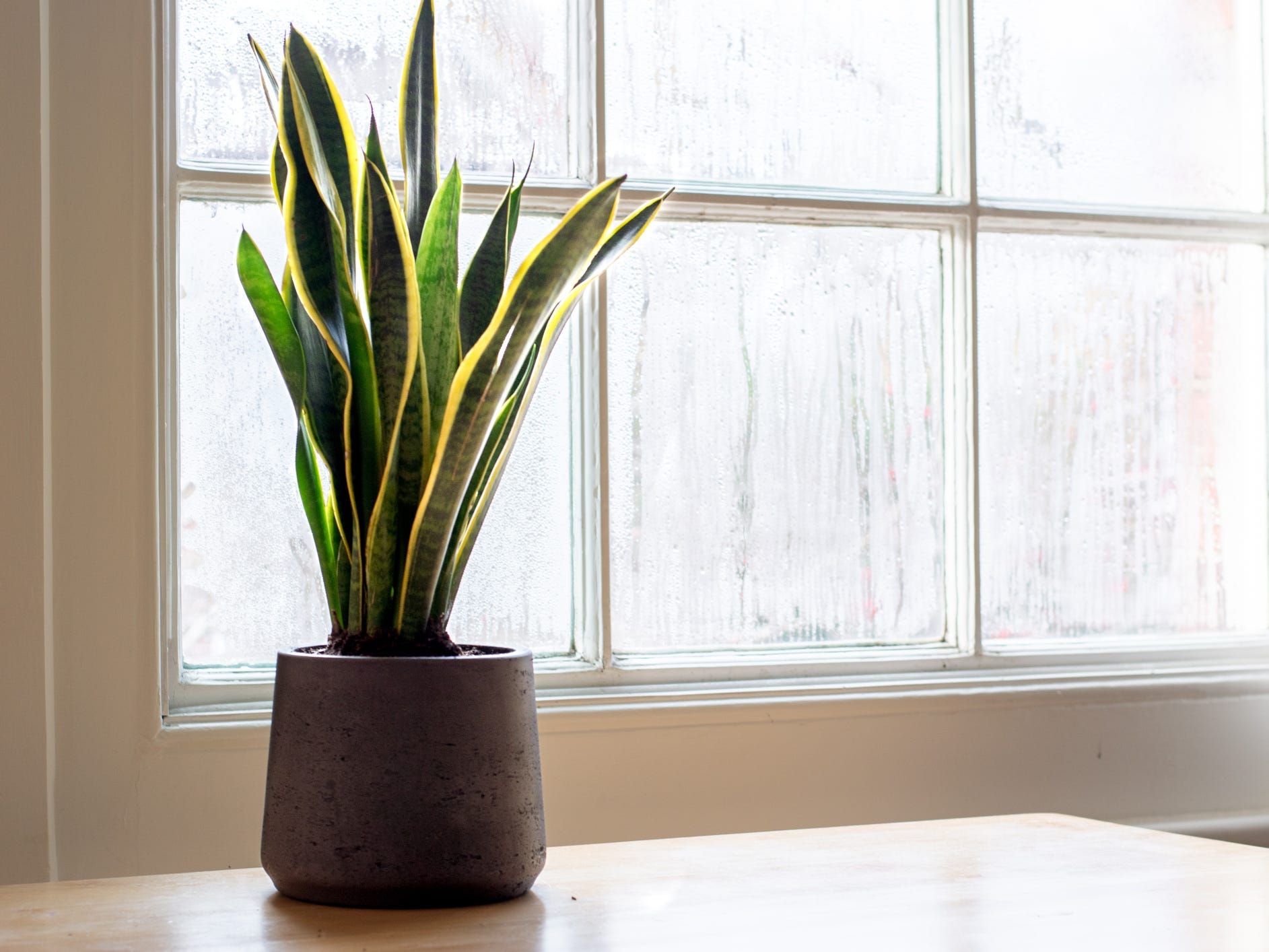
Grumpy Cow Studios/Getty Images
The snake plant (Sansevieria trifasciata) can be found in almost any plant lover's home. This nearly indestructible succulent is popular for its verdant, sword-like leaves and can thrive in almost any light condition and an infrequent watering schedule.
Although there are a few methods to propagating a snake plant, Randaci recommends division from rhizomes as the easiest method. Rhizomes are the underground parts of the plant that look like a thick root or piece of ginger. Cut off a healthy rhizome and repot it in a succulent mix.
7. Aloe vera
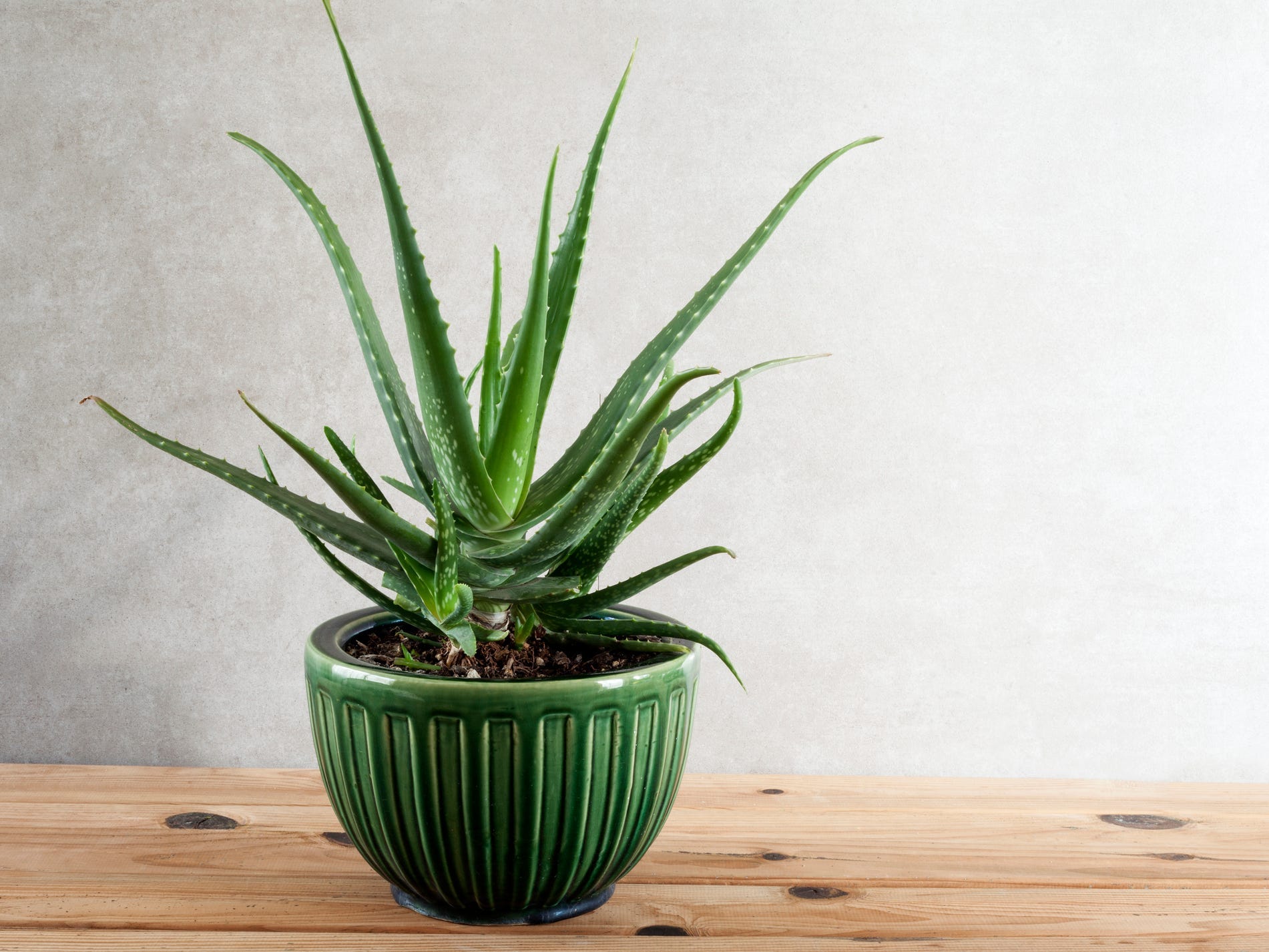
izzetugutmen/Getty Images
The aloe vera plant ( is world-renowned for its versatile medicinal properties and uses, while also being a low-maintenance succulent. Its long, grayish-green plump succulent stems are usually lined with a teeth-like texture on the edges, and sometimes white dots on the stems.
"The most successful method [for propagation] is from offsets or 'pups,'" says Randaci. "Separate pups when the offset is at least one-fifth the size of the parent plant or has several sets of leaves. Remove the pup from the mother plant when you see a complete root system attached."
8. String of pearls
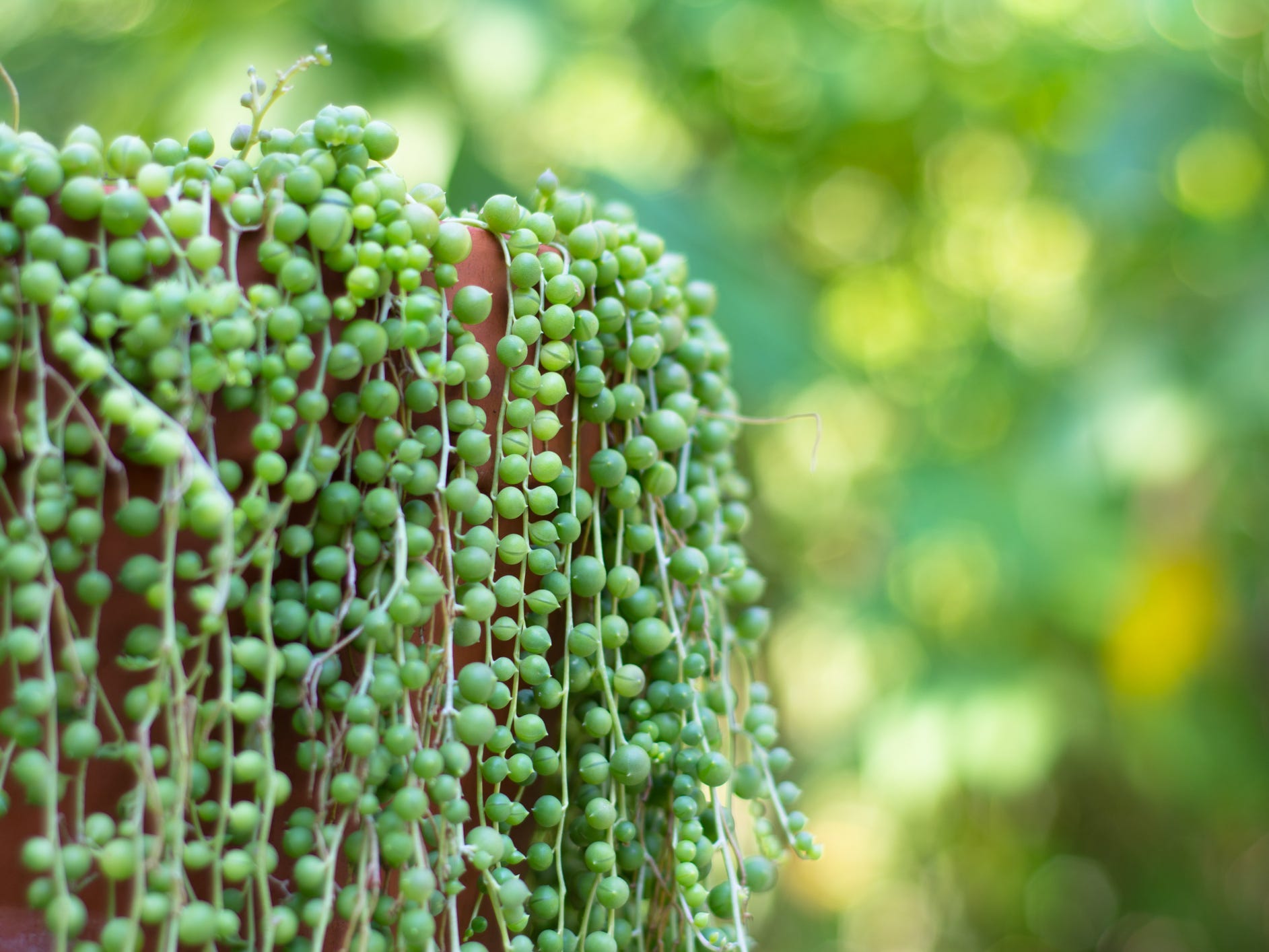
Tatyana Consaul/Getty Images
The unique and delicate string of pearls succulent (Senecio rowleyanus) can be easily identified by its cascading, pearl-shaped leaves that resemble a beaded necklace. String of pearls is perfect for a hanging basket and is also popular for its low-maintenance care.
The best way to propagate this plant is through cuttings. Cut off about three inches of a string stem and let a callus form over the course of a few days. Place the cutting on top of a damp succulent mix.
9. Haworthia zebra
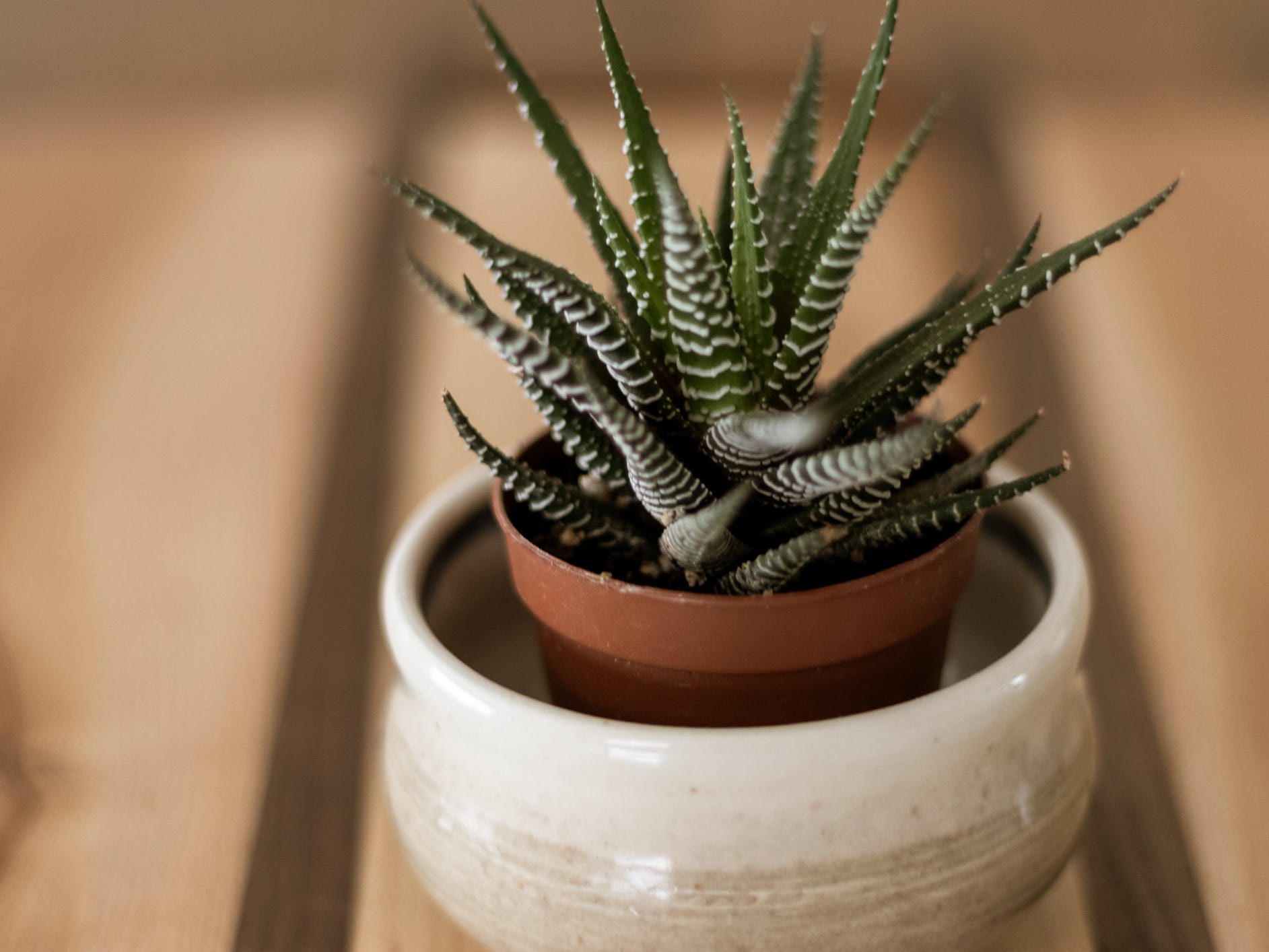
Tim M Lanthier/Getty Images
The Haworthia zebra succulent (Haworthiopsis fasciata) is found in most nurseries and plant shops. Its dark green, thick leaves look like spikes, with bumps of white stripes that give them their zebra-like appearance.
Like many succulents, the Haworthia zebra can produce offsets that can be propagated by removing them with sharp shears from the mother plant then repotted.
10. Elephant bush
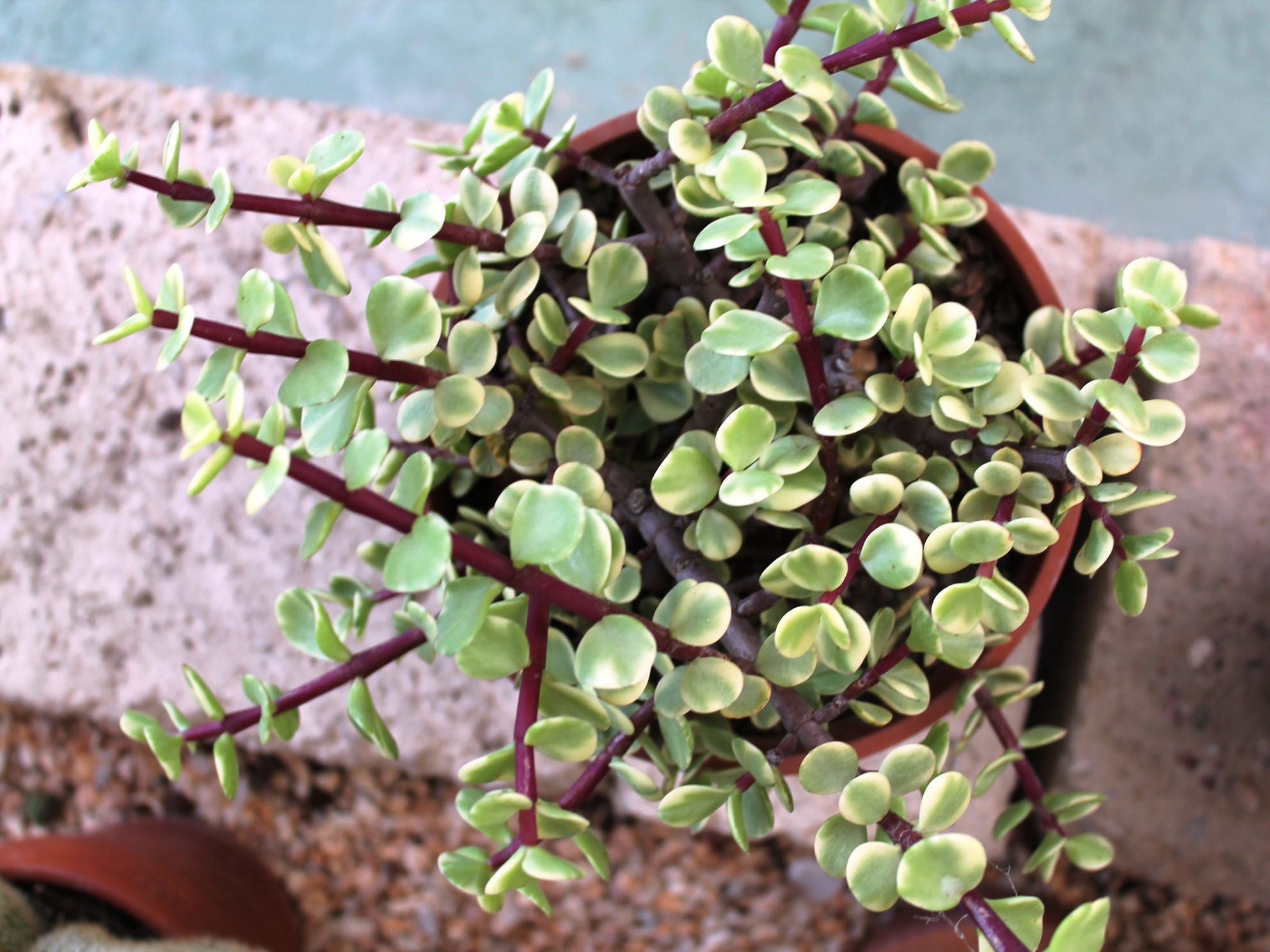
immton/Getty Images
The elephant bush succulent (Portulacaria afra) is named for its popularity as food for elephants in South Africa. This succulent resembles a bush or small tree with brown stems and small, bright green leaves.
Similar to the string of pearls propagation process, cuttings from your elephant bush succulent can help produce new plants. Let your cutting dry out and callous for a few days and then repot in a damp succulent mix.
How to care for succulents
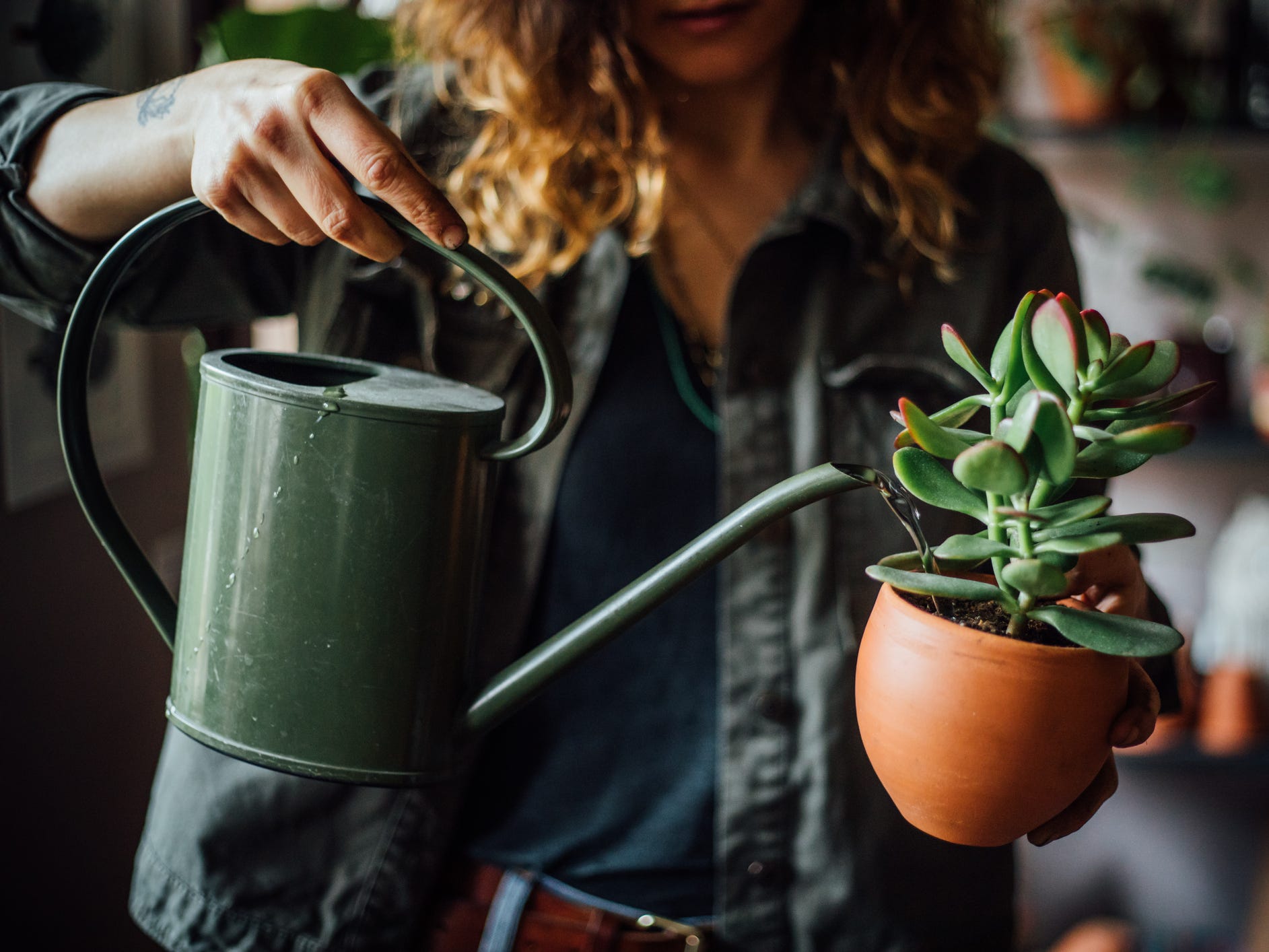
agrobacter/Getty Images
Succulents are so often talked about as a unit because they all require similar care. Below, Randaci gives his tips on caring for succulents from how often to water them to what type of soil to use.
Potting soil
All plants on this list benefit from well-drained soil. To make your own succulent mix, Randaci recommends mixing half potting soil with the remaining half consisting of two-thirds sand and one-third part perlite or pumice.
"If you don't wish to make your own, you can always purchase a commercial succulent potting mix," says Randaci.
Watering
Like many houseplants, overwatering is the most common problem when caring for succulents, causing root rot and other diseases. It's easy to forget that succulents, unlike other houseplants, thrive on neglect.
"For each plant on this list, allow soil to dry between watering. Place your finger through the drainage hole at the bottom of the pot. If the soil feels moist, do not water," says Randaci. "When you do water, water completely until you see water coming out of the bottom of the pot. This will promote deep roots."
Fertilizer
It's a common misconception that succulents don't require fertilizer like other houseplants, but a good fertilizer is essential for a succulent's growth and can even help produce more vibrant colors.
"Use a succulent fertilizer during the active growing season at either the recommended rate for succulents that require more water, and half the recommended rate for other succulents," says Randaci. "To avoid soft leaves and root rot, do not fertilize your succulents while they are dormant, which is usually fall and winter."
Insider's takeaway
Whether you're a first-time plant parent or have dozens of houseplants, you can never go wrong with a succulent. These hardy, low-upkeep plants only need bright indirect light and a quick drink of water every now and then. Succulents will also reward your efforts through their easy propagation methods, bringing you greenery for years to come.
